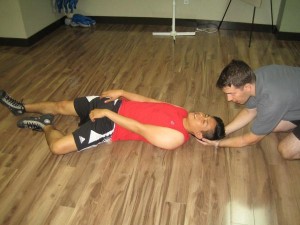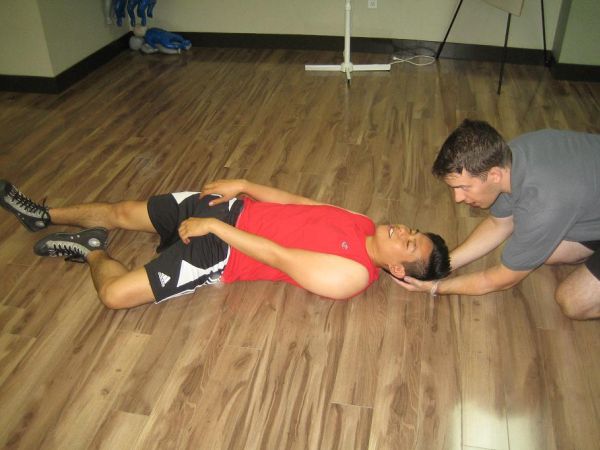
Patients of seizures are often divided into only two distinct groups. Seizures can arise once-in-a-lifetime through a blunt hit and / or hit at the top of your head. Whenever a patient has continual seizures then the individual is epileptic (more than likely epileptic). Individuals who are epileptic are usually attentive to the problem and might be medicated to decrease the extent and occurrence of the seizure incidents. These patients will also carry neck, arm or ankle bracelets with information about the epilepsy they have.
Efficient communication between the parents and your staff is a key component in managing the seizures. Ask the parents or guardians or care providers should the adolescent have any kind of activators for the seizure and approaches to prevent the onset and rate of recurrence for the seizures. If the caregivers have any information about the triggers for the seizures attempt to use them.
Some persons may also be mindful of any time a seizure is oncoming and so I would certainly advise putting a strategy in place when kids advise you or your employees when they think an episode is oncoming. A lot of individuals can easily predict a seizure episode as well as provide a notification as long or as much as one minute. The ideal instance is if the individual advises the employees of an oncoming episode and then goes in the ideal body placement and spot. The ideal position is by having the recipient lay flat with their back, with no fixtures or materials surrounding the sufferer in order to avoid personal injury. First aid attendants should use a blanket or even a pillow beneath the patients head to help prevent the head from hitting the floor too vigorously.
If a student has an episode all of a sudden I would efficiently set the student onto the floor, being mindful of protecting the head, and push any fixtures beyond the child. First aid attendants should allow for the extremities and the body to safely move unhampered without striking everything. Do not attempt to constrict the child while the seizure is occurring. Never insert anything inside the boy or girls mouth because it will develop into a choking threat. The staffs also need to focus on protecting the victim’s head via putting a pillow behind it. If none are available place both hands supporting the child’s head to guard the head from hitting the ground.
The convulsions will end in less than one minute. The patient is likely to be unconscious following a seizure therefore it is essential for the rescuer to look for the individual’s vitals and care for the patient accordingly if vitals are not found. In the instance that vitals are absent contact 9-1-1 straight away and start cardiopulmonary resuscitation. Should the child awake from the seizure you shouldn’t expect the patient to be totally aware and conscious shortly after. Expect the patient to remain confused and unaware for about one hour following the episode. Observe the sufferer and in the event the individual’s situation doesn’t improve speak to 911. Staff must also recognize and take care of all other accidental injuries caused by the episode .
Should this be the first seizure or if the affected person isn’t susceptible to convulsions contact EMS. I would also get in touch with the guardians and inform them of the problem. Effective communication between your staff members, adolescents along with the guardians is crucial in appropriately taking care of adolescents which are at risk of seizures.
In case the situation fails to improve or if perhaps the person’s situation fails to improve phone EMS. For more information about seizure care and management take a basic first aid course such as emergency, childcare or standard first aid.

